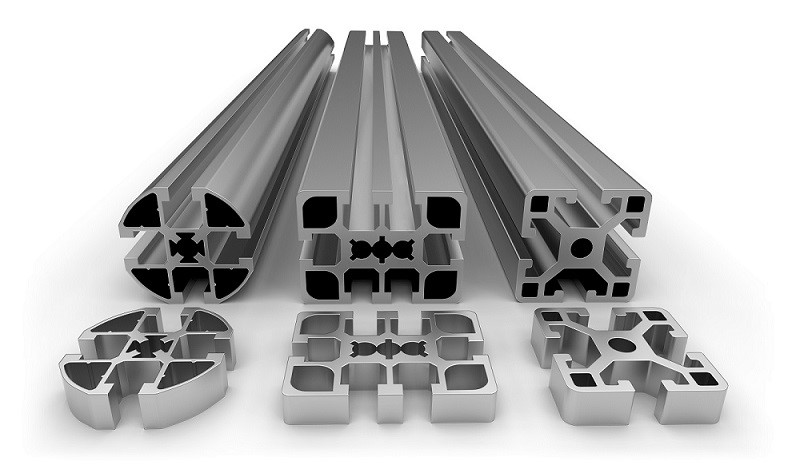A strong and adaptable manufacturing method that is frequently utilized for prototyping across numerous sectors is known as aluminum extrusion prototyping. Manufacturers can produce intricate, complex designs with a high degree of precision and reproducibility by pressing aluminum alloy through a die with the desired cross-section. However, there are techniques to optimize your prototypes to make sure you're getting the most out of aluminum extrusion prototyping, just like with any manufacturing process. This is how:

Recognize the Material Options You Have
The proper aluminum alloy must be chosen for your project as the first step in optimizing your prototypes using aluminum extrusion. Different alloys have various characteristics, including strength, resistance to corrosion, and heat conductivity. Consider the various factors like the prototype's intended function, the environment it will be exposed to, and any weight constraints. You can guarantee that your prototype satisfies your performance requirements while reducing material costs by choosing the right alloy.
Boost Your Design
Optimizing your prototypes with aluminum extrusion prototyping depends heavily on design. It's crucial to design your parts precisely for the extrusion process in order to achieve the best outcomes. Avoiding design elements like sharp corners, intricate internal chambers, and thin walls will help with extrusion. Instead, strive for sleek, uniformly thick walls, and soft curves in your designs. Additionally, to improve the strength and stiffness of your prototype without adding extra weight, think about including features like ribs and gussets.
Reduce Waste
The material efficiency of aluminum extrusion is one of its advantages. In contrast to other manufacturing techniques like machining, extrusion generates extremely little waste. However, you can reduce waste even further by streamlining your design and manufacturing procedures. Consider employing hollow parts rather than solid ones as an example, which can use less material while still providing the appropriate strength and stiffness. Work together with your extrusion supplier to reduce scrap production during the extrusion process and optimize the die design.
Think About Post-processing
Although aluminum extrusion is capable of producing prototypes of excellent quality and with a superb surface finish, you might need to carry out post-processing procedures to fulfill your particular requirements. For instance, you may use techniques like anodizing, powder coating, or painting to enhance the prototype's surface finish. Additionally, machining procedures can be used to incorporate features like threaded holes or precision bores that are challenging to incorporate using extrusion alone.
Making Use of Rapid Prototyping
Rapid prototyping is highly suited for aluminum extrusion, which enables you to make design changes rapidly and effectively. Utilizing rapid prototyping techniques allows you to improve your prototypes in real time while making adjustments to your production and design procedures in response to testing and evaluation results. This can assist you in discovering and resolving any potential problems in advance, thereby saving time and money.
Aluminum extrusion prototyping is an effective prototyping technique that offers a variety of advantages, such as material efficiency, design flexibility, and rapid prototyping capabilities. These guidelines will help you make the most of this adaptable manufacturing method by optimizing your aluminum extrusion prototypes.
















